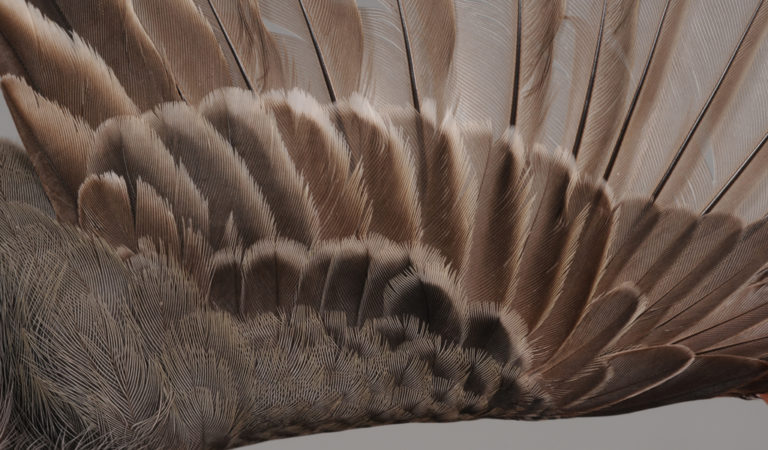

White Wagtail
AGE – BEST CRITERIA:
In 1cy, moult contrasts are always present in the wing, most often within GC, and regularly also in TT and tail. Adult bird shows a uniform and fresh plumage with no moult contrasts, but note that many individuals show a sudden change of pattern on the inner 3 GC, creating an impression of a (false) contrast.

1cy September. LC, MC and GC7-9 are post-juvenile, while rest of wing is juvenile. Note the moult contrast with unmoulted juvenile GC already slightly worn, brownish with distinct and rather narrow white (or buffish-white) edges and tips, contrasting to fresh post-juvenile GC7-9 having a dark grey centre with diffuse broad grey edges and tips. [1ET80133]

1cy August. The two inner TT are moulted post-juvenile feathers (same generation as the inner GC) while the longest T is still juvenile (like the SS). Juvenile TT show a brownish centre, narrower and whiter edges and are variably worn, in contrast to fresh post-juvenile feathers with darker blackish-grey centre and a broader and more diffuse grey edge. [1ET80054]
Ringers’ DigiGuide is sponsored by: